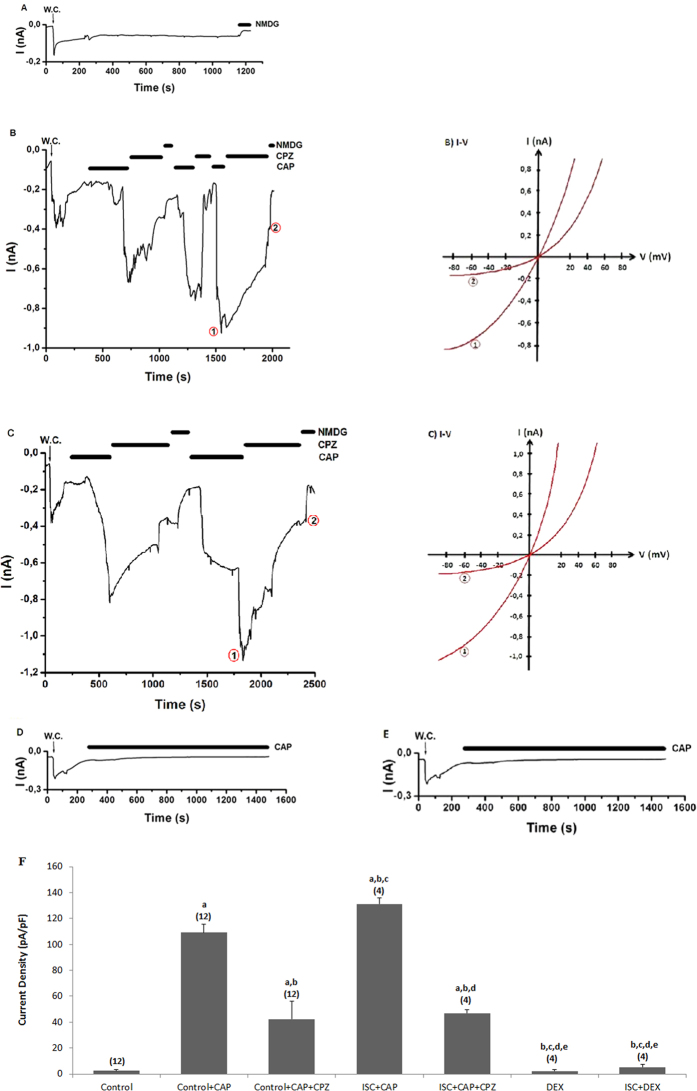Figure 4. Effects of dexmedetomidine (DEX) treatment on TRPV1 channel in the DRG of in control and cerebral ischemia (ISC)-induced rats.
The holding potential was minus sixty millivolt in the analyses. (A) Control: Original recordings from control neuron. (B) Control+CAP group: DRG isolated from rats of control and sham groups without ISC induction and they were stimulated by capsaicin (CAP and 0.01 mM) but inhibited by CPZ (0.1 mM) in the bath of patch chamber. (C) ISC+CAP group: TRPV1 currents in the DRG neurons of ISC-induced rats were gated by CAP (0.01 mM) and they were inhibited by CPZ (0.1 mM). (D) DEX+CAP group: The rats received intraperitoneal DEX and then the DRG neurons were stimulated by in vitro CAP (0.01 mM). (E) ISC+DEX+CAP group: The rats received DEX at 3rd, 24th and 48th hours after induction of experimental ISC and then the DRG was stimulated by ADPR (1 mM). (B) I-V and (C) I-V: Current voltage relationships and they are same experiments as in panels B and C, respectively. (F) TRPV1 channel capacitance of the DRG in control and ISC-induced rats. For each of the applications, the initial current density was calculated after administration of CAP as described in the method section (mean ± SD). The numbers of group were indicated in parentheses. (ap ≤ 0.001 vs control. bp ≤ 0.001 vs control+CAP group. cp ≤ 0.001 vs control+CAP+CPZ group. dp ≤ 0.001 vs ISC+CAP group. ep ≤ 0.001 vs ISC+CAP+CPZ group).

